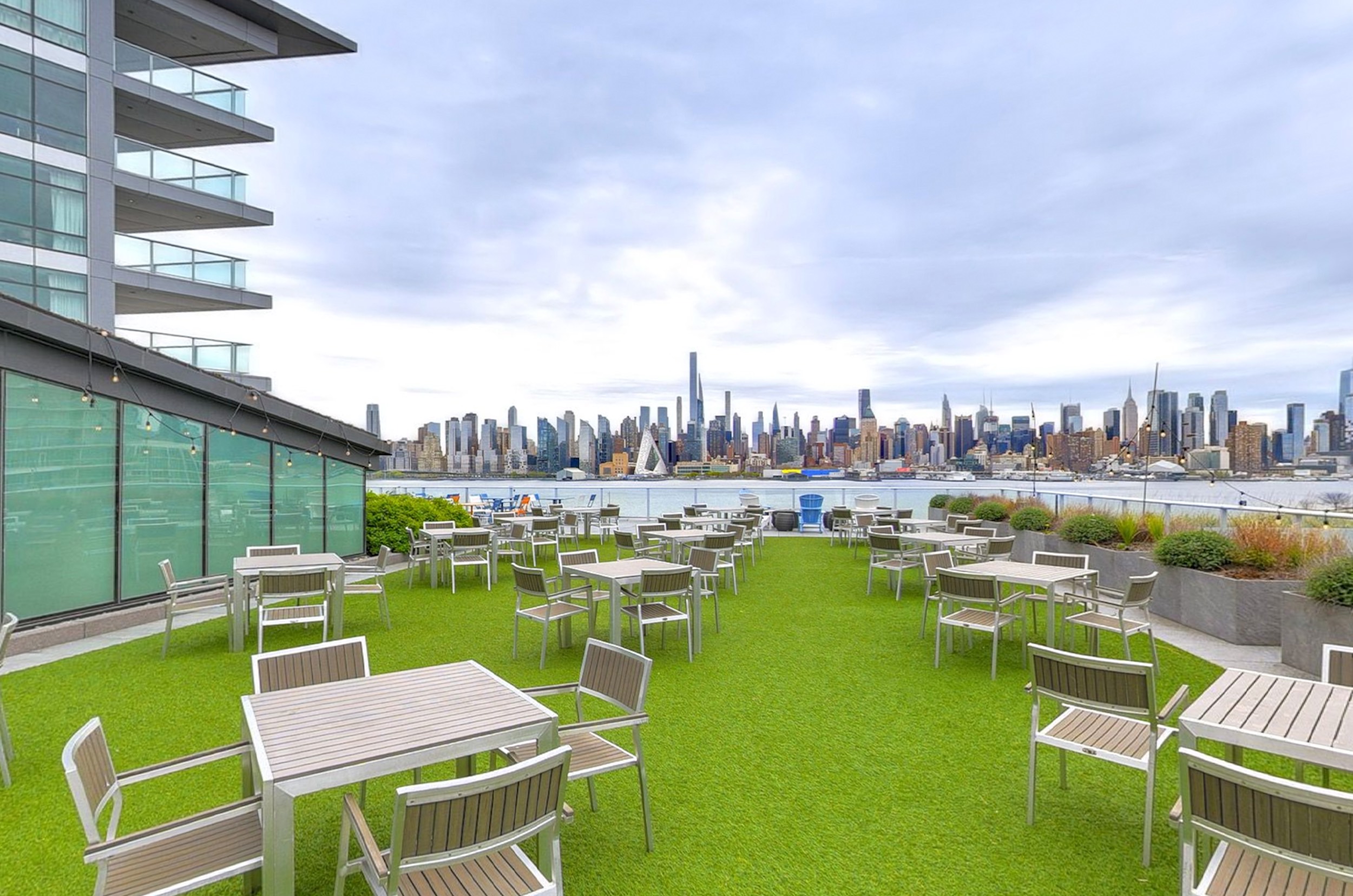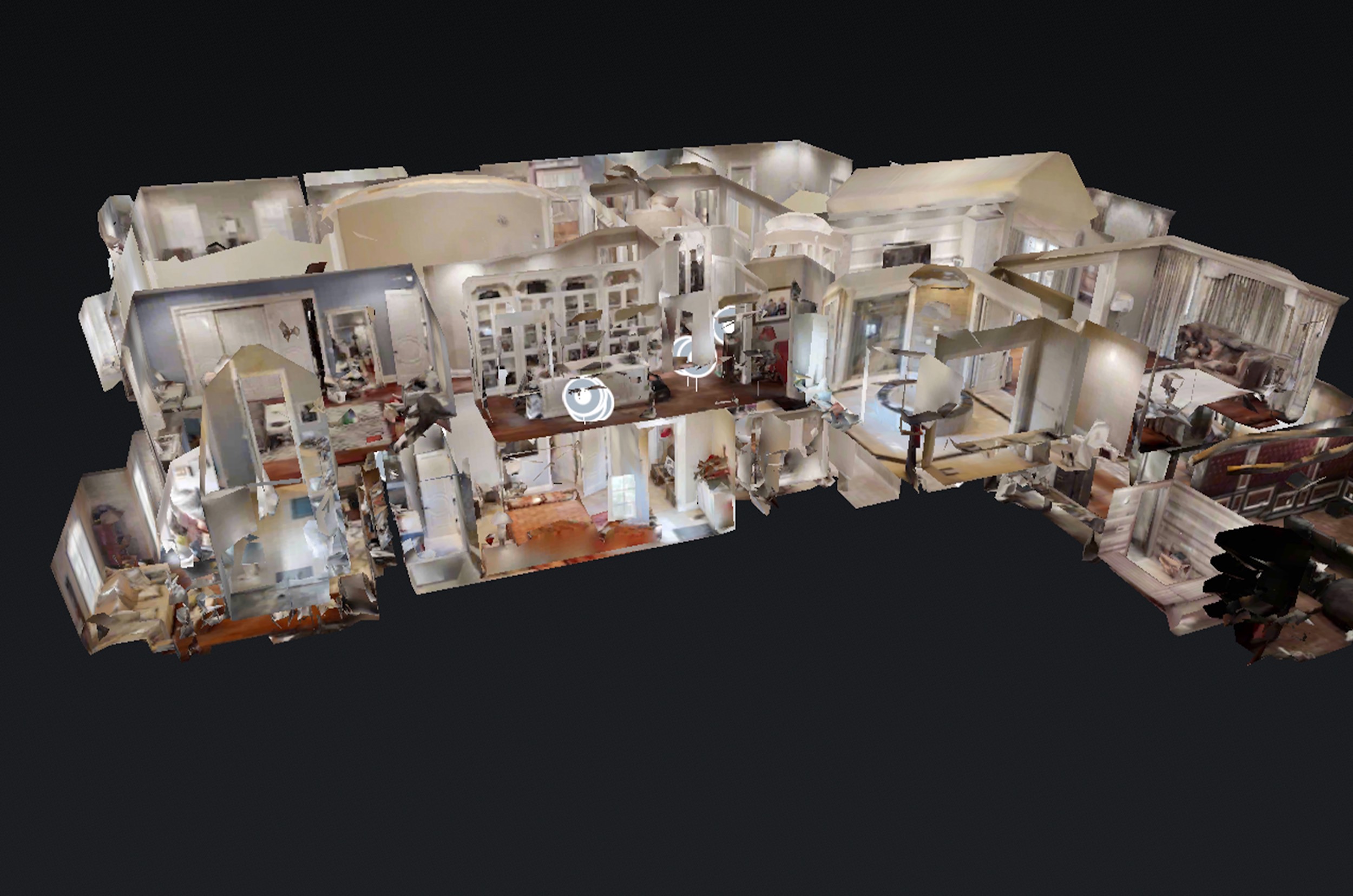In today’s digital age, capturing the attention of potential customers and offering them an immersive experience is crucial for businesses, particularly in the retail and food market industries. One innovative tool that has gained traction is the use of 360 virtual tours.
These interactive tours allow customers to explore and engage with retail and food markets from the comfort of their own homes. In this article, we will explore the benefits and creative applications of using 360 virtual tours to showcase retail and food markets, providing new ideas and advice for businesses to thrive in the digital landscape.
- Virtual Walkthroughs: 360 virtual tours offer customers the opportunity to take a virtual stroll through a retail or food market, providing a sense of space and atmosphere. By showcasing different sections, aisles, and product displays, businesses can highlight their unique offerings and create a sense of familiarity. This immersive experience allows customers to get a feel for the ambiance and layout of the market, enticing them to visit in person or make purchases online.
- Interactive Product Displays: With 360 virtual tours, businesses can showcase their products in an interactive and engaging manner. Instead of static images, customers can explore product displays from various angles, zoom in for closer details, and access additional information with just a click. This dynamic presentation not only enhances the visual appeal but also provides customers with a comprehensive understanding of the products, promoting informed decision-making.
- Live Events and Demonstrations: Virtual tours can be taken to the next level by hosting live events and demonstrations within the market space. Businesses can schedule virtual cooking classes, product demonstrations, or Q&A sessions, allowing customers to actively participate from anywhere in the world. This interactive element creates a sense of community and fosters engagement, further establishing the market as a hub of knowledge and expertise.
- Multilingual Experiences: For businesses catering to diverse audiences, 360 virtual tours offer the opportunity to provide multilingual experiences. By incorporating language options and text translations within the tour, businesses can cater to customers from various regions, effectively breaking down language barriers. This inclusivity enhances the accessibility and appeal of the market, broadening its reach and potential customer base.
- Seamless E-commerce Integration: One of the key advantages of using 360 virtual tours is the seamless integration with e-commerce platforms. Businesses can strategically place clickable links within the virtual tour, directing customers to online shopping pages where they can make purchases directly. This streamlined user experience bridges the gap between the virtual and physical market, allowing customers to transition effortlessly from exploration to transaction.
- Customer Reviews and Recommendations: Integrating customer reviews and recommendations into the virtual tour experience can further enhance credibility and trust. By featuring real-time testimonials, ratings, and feedback within the tour, businesses can showcase positive customer experiences and build confidence in their products and services. This social proof acts as a powerful marketing tool, influencing potential customers and encouraging them to explore and engage with the market.
- Social Media Integration: To maximize the reach and impact of the 360 virtual tour, businesses can leverage social media platforms. By sharing snippets and highlights of the tour on platforms like Instagram, Facebook, or YouTube, businesses can generate buzz, attract new audiences, and drive traffic to their virtual tour. Additionally, incorporating social sharing buttons within the tour allows visitors to easily share their virtual exploration, amplifying the market’s visibility and creating a viral effect.
Conclusion
360 virtual tours have revolutionized the way retail and food markets can be showcased to customers. The immersive and interactive nature of these tours offers businesses endless creative possibilities to engage and captivate their target audience. By providing virtual walkthroughs, interactive product displays, live events, multilingual experiences, seamless e-commerce integration, customer reviews, and social media integration







